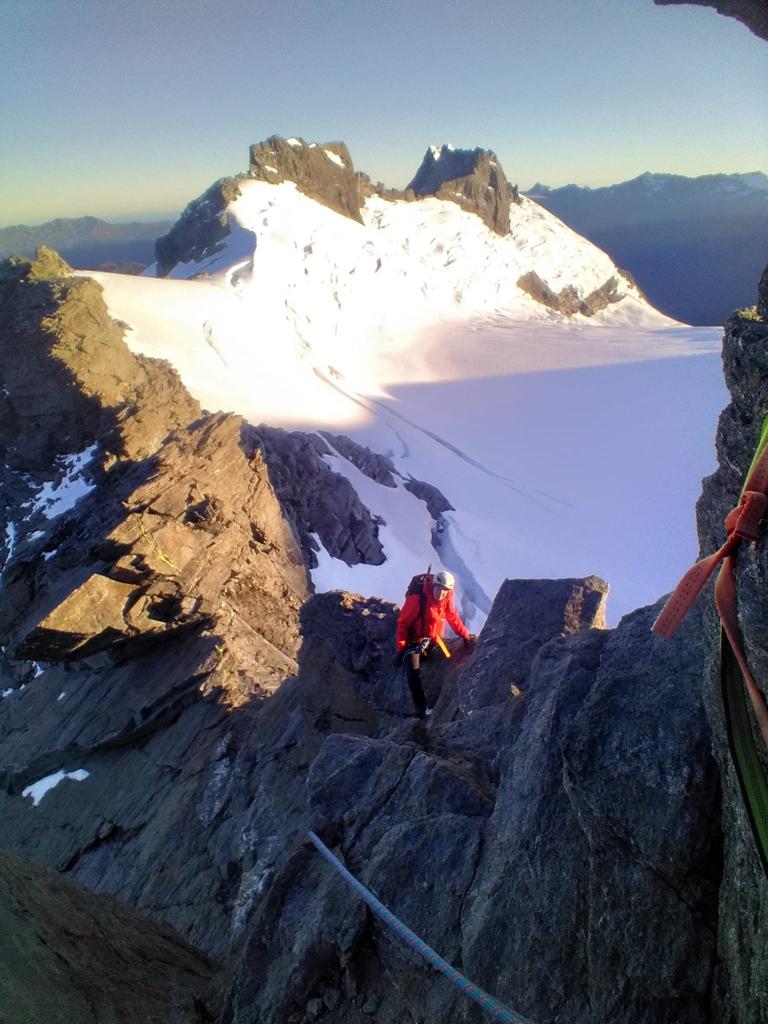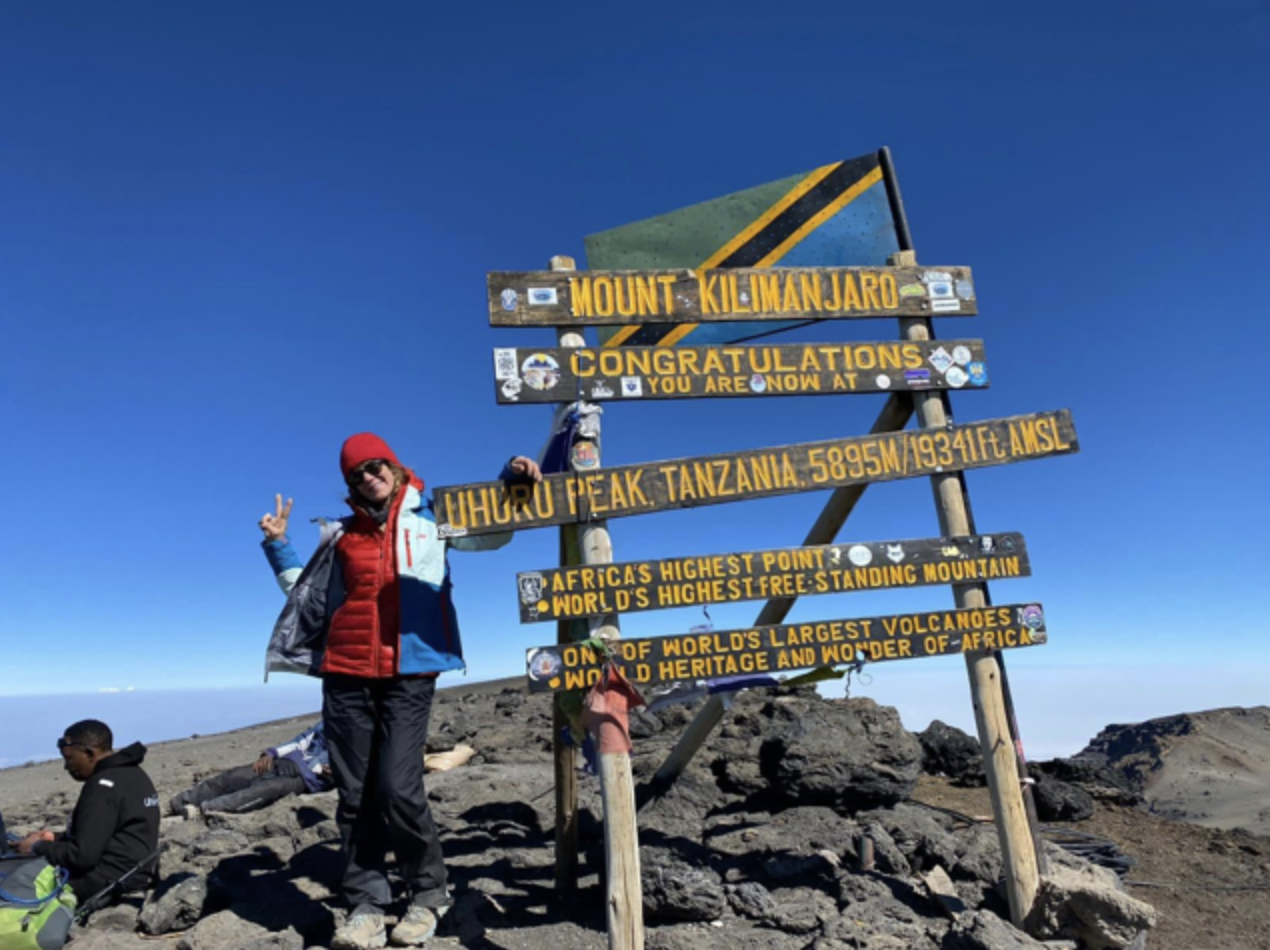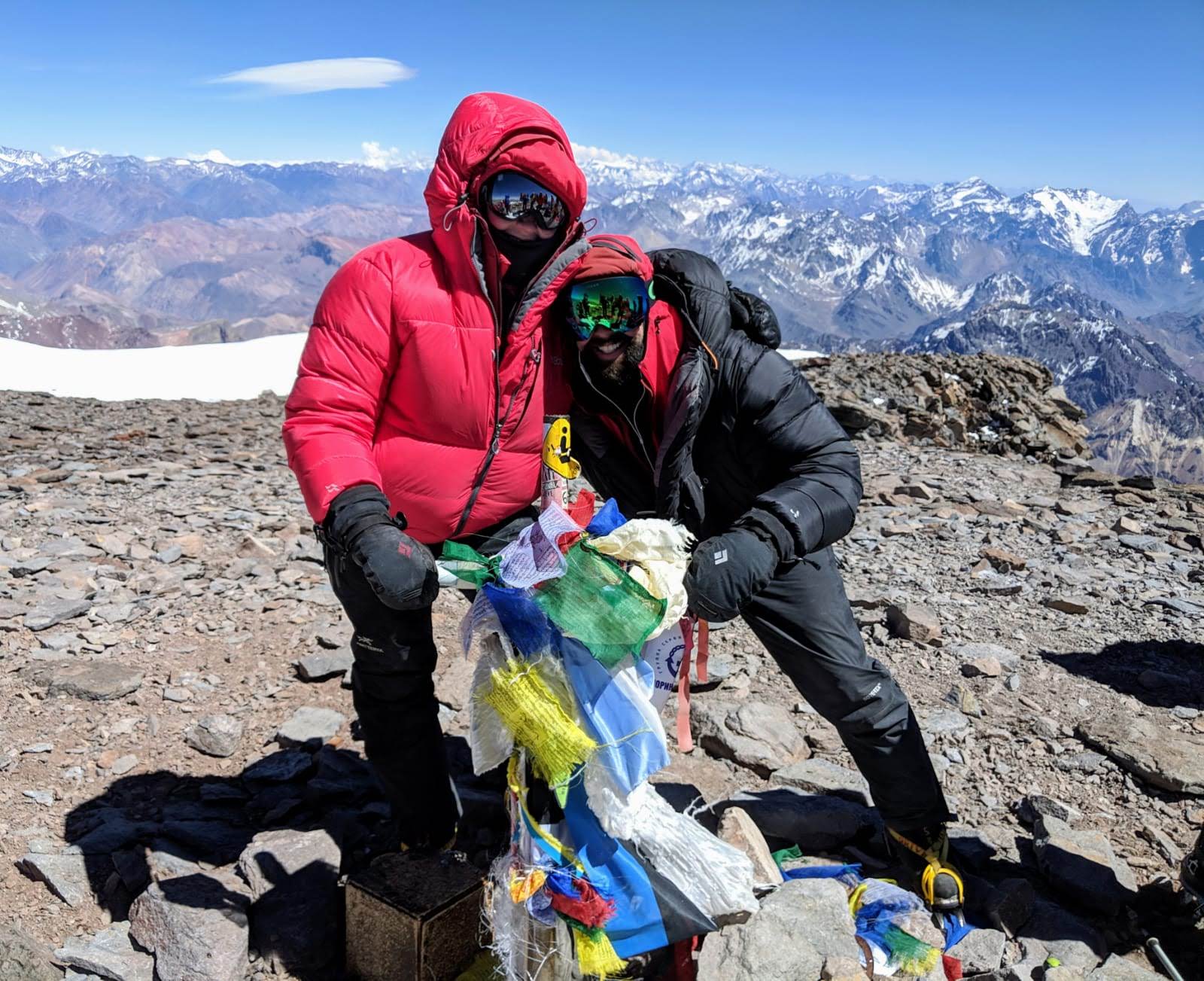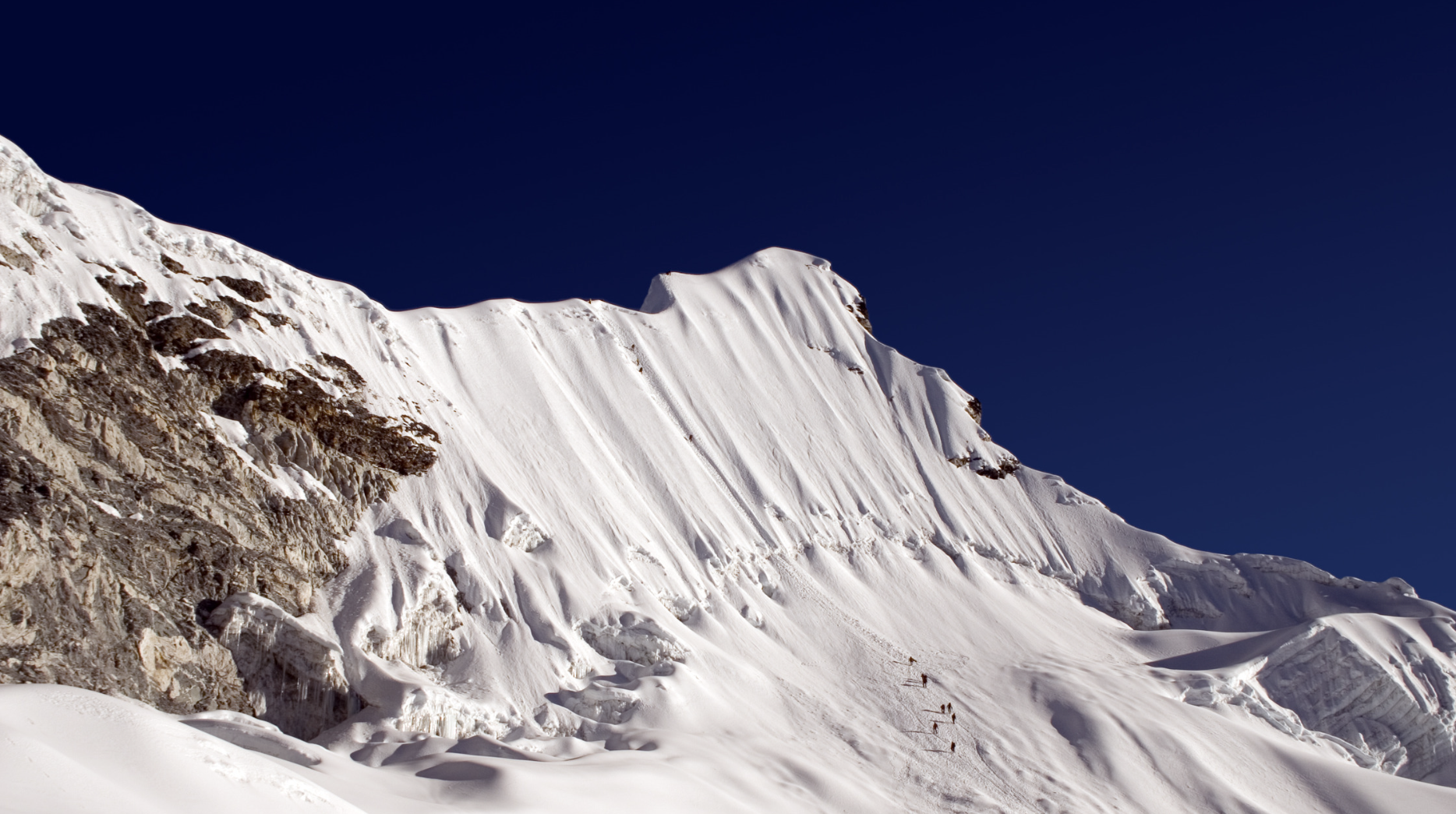Mountaineering boots are normally used on cold mountains that require you to move over ice and snow. For example Mount Elbrus. Although it is slightly lower in altitude compared to Kilimanjaro, you are required to wear mountaineering boots (with crampons) as the climb from High Camp to the Summit is entirely over snow and ice, whereas Kilimanjaro is over scree and perhaps a little bit of snow depending on the weather, but not enough to need mountaineering boots. Even though Kilimanjaro is higher than Elbrus, it is not as cold so standard trekking boots will suffice.
Mountaineering boots have different categories. The boot you need to climb Mont Blanc is not the same that you would need to climb a bigger, colder mountain such as Everest. Both are technical climbs but one is much, much colder with a significantly higher chance of getting frostbite if you don’t have the higher category boot.
Mountaineering boots are essential for the colder mountains and even more so for the icy, snowy terrains that are characteristic of colder mountains. If you are planning on doing a higher, colder mountain then you absolutely will need either B2 or B3 mountaineering boots. You cannot cut corners or choose a cheaper more convenient option here. These types of boots not only allow you to move safely and securely over ice and snow but they also protect your feet and toes from frostbite as they are double layered and provide the highest degree of warmth.
Understanding The Mountaineering Boot Grading System
B0
These are standard trekking boots and are not compatible with crampons. If you’re looking for more advice on B0 boots then read my other blog: “What Are The Best Boots For Trekking/Hiking?”
B1
These boots are designed for winter walking and are only compatible with C1 strap on crampons. C1 crampons are more flexible than the higher crampon categories and are designed for semi-steep terrain or glacier travel.
In my mind, similar to B0, I’d still classify these as trekking boots rather than mountaineering boots. They look like normal trekking boots rather than the chunky, moon boot like higher category mountaineering boot.
B2
These boots are stiffer than the B1’s with thicker uppers, which means that they are slightly warmer than the B1’s. The B2’s have a thick heel edge that allows you to fit Cs crampons on securely. C2 crampons tend to be stiffer than C1’s with a mid-profile, longer secondary spikes and a sharper set of front spikes. They normally have 12 spikes all together. They are designed for steeper terrain and slightly more technical routes than the C1, which is normal, as you’d need a more technical boot such as a B2 for those types of routes.
B3
The B3’s are the big daddies of mountaineering boots. They have the stiffest sole compared to all the other boots and are ideal for all aspects of mountaineering from travelling over glaciers to a steep slope to vertical climbs. This boot fits both the C2 and C3 but if you were buying this category of boot, you’d be looking at a C3 crampon because you’d more than likely be climbing over very technical routes, which are safer and better to do with C3 crampons.
So, which boot do you need?
Firstly, your tour provider will normally tell you which category boot you need. As an example, a B2 boot is required for Elbrus and Aconcagua but for Denali you could go with either a B2 or B3 simply because of the harsher climate.
Secondly, you need to consider what mountains you plan on climbing in the future. B2’s and B3’s are expensive and you should expect to pay $500 and upwards for a pair of either. If your tour company says you need a B2 boot but you are planning on doing a future climb that will require a B3 boot then rather invest in the B3 for both climbs than having to buy both pairs.
Finally, there are several mountaineering companies that make incredible B2 and B3 boots. My favourite being La Sportiva. They make INCREDIBLE boots and I say that from experience not as a sales promotion. I gain nothing from naming their brand as my favourite. I have a pair of G2 Sportiva’s and I absolutely love them. They were perfect for Elbrus and Aconcagua and will suffice for Denali and Island peak – two climbs I have planned over the next year. They are expensive but worth every penny if mountaineering is a regular thing for you.
If you aren’t sure whether you’d like to continue climbing in the future but you still need a B2 or B3 boot for your climb then consider renting them. You can rent mountaineering boots from tour providers and various mountaineering companies.





